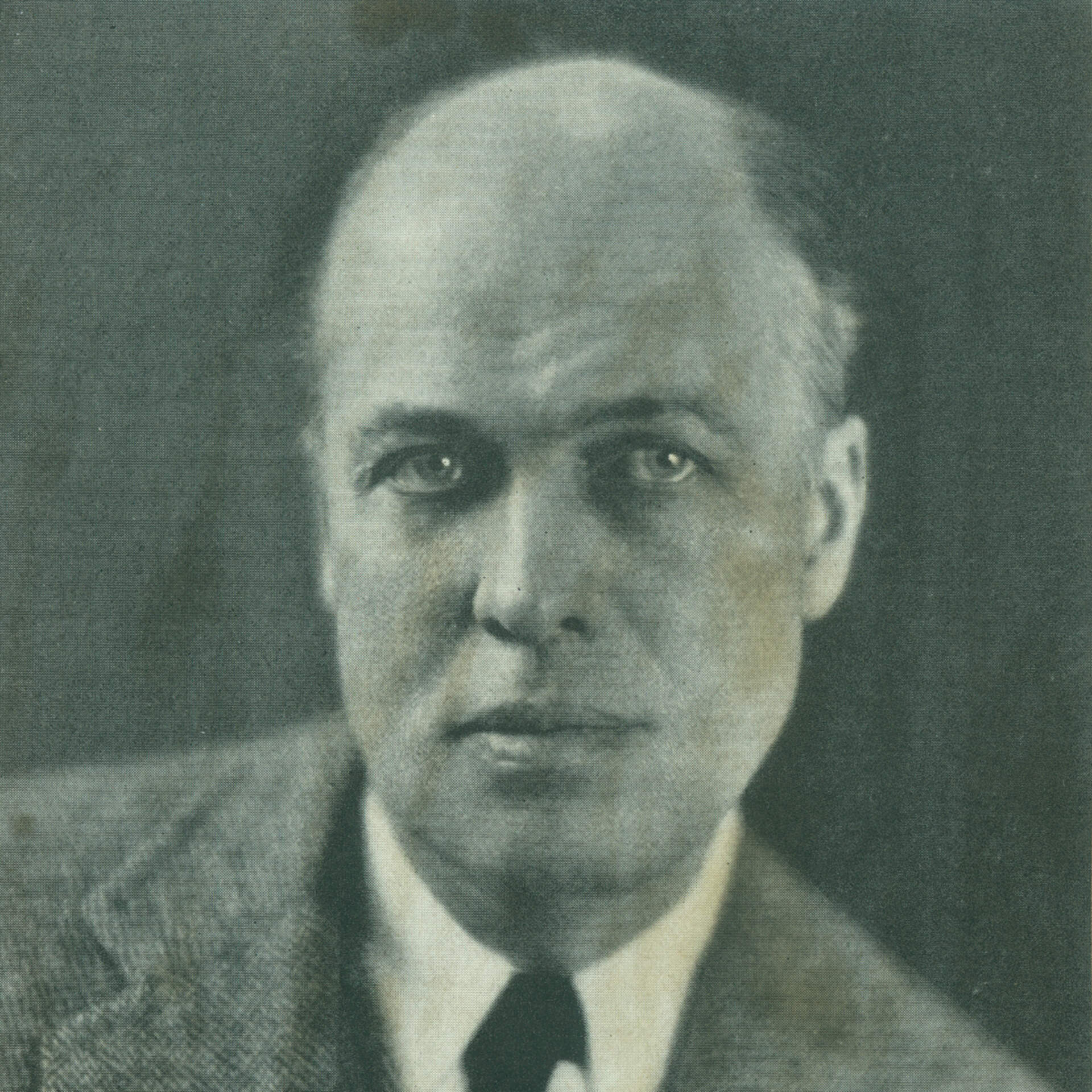Edward Hopper
(1882-1967)
American
Born: Upper Nyack, New York, United States
Edward Hopper was born in Nyack, New York just up the Hudson River from New York City. Born into a comfortable middle class home, Hopper was encouraged to follow his interest and talent for art into his adulthood. He enrolled at the New York Institute of Art and Design in 1899 where he would study for six years with teachers such as William Merritt Chase and the influential Ashcan School artist Robert Henri. In Hopper’s early paintings, Henri’s influence is strong but it dissipates as he found his own voice.
Hopper found his own voice while he was employed as an illustrator in New York City but traveled to Europe, mostly Paris, to study art. During this period he began to show signs of the brilliant realist he would be known as. Hopper had very little success in the beginning of the 20th century with his paintings and etchings until a group of his watercolors was shown and one eventually bought at the Brooklyn Museum in 1923. This moment catapulted his career. He was soon to be represented by the Frank Rehn Gallery in New York City and enjoyed an acclaimed career, both critically and popularly.
Hopper’s style was remarkably untouched by all the experimentation and abstraction that he was surrounded by during his prolific career, and he painted until his death in 1967. His sometimes stark realism of 20th century American culture is both eerie and refreshing. Mostly known for his oils, he was a successful watercolorist and printmaker in etching. The Burchfield Penney Art Center’s archive is home to many letters, notes and ephemera related to the artist in the Rehn Gallery archival collection. These materials show the artist’s relationship with the dealer and also with Charles Burchfield whom he respected and befriended. Hopper’s art has been shown around the world; the Whitney Museum of American Art, the Museum of Modern Art and the Art Institute of Chicago hold important works of his, among others.
